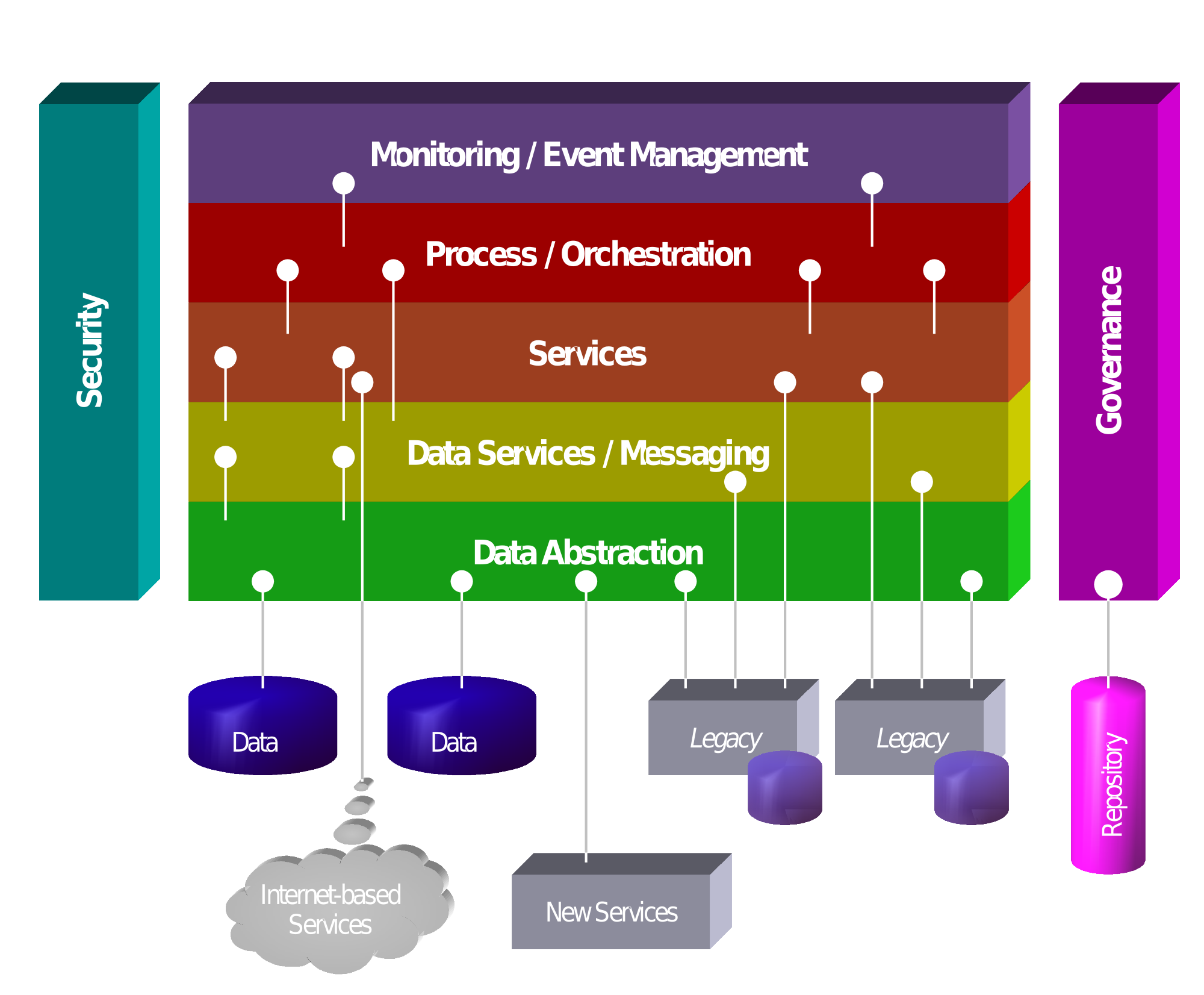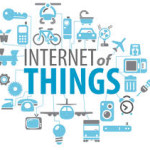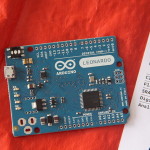Converting your Integration team into an Internet of Things team
No one makes a better case for integration consultants to start building prototypes in Internet of Things (IoT) applications than Cisco Security Services Senior Vice President Bryan Palma.
In this short video, Palma explains that the Internet of Everything is an emerging field and consultants are the first ones to get engaged by the early adopters. Manufacturers, medical companies, chemical companies, financials, and transportation are already engaging IT consultants to get advice on security and integration of hundreds of disparate devices.
Connected cars, connected home automation systems, smart electrical grids; quickly deploying and integrating new assets has become important for early adopters in these industries.
How can the integration practice leads use their expertise for connecting the “things” of IoT?
Connected devices pose integration and messaging challenges that you can handle with Service Bus. Markus Hortsmann of Microsoft and Shawn Cutter of Fielding Systems demonstrate the use of service bus to connect devices.
But Internet of Things and Internet of Everything comes with its own challenges. There are several layers involved in a typical IoT solution. Tom Galizia, Principal Deloitte Consulting shares his advice for partners to collaborate and quickly build prototypes.
Galizia argues that IoT allows CIOs to be integration officers. Don’t the integration teams also orchestrate the important component parts of messages and help businesses communicate with each other? Yes, they do. It becomes logical for integration leads to outreach in the Internet of Things domain.
Consultants realize that technology is neither implemented nor consumed for the sake of it. The IoT value chain consists of many players with specific roles. The early movers from the consulting space realize that creating a revenue generating solution is what customers expect from us. For those just starting out, following the 9 best practices can help in developing revenue-generating IoT solutions.
Whether it involves increasing the operating efficiency or facilitating the cost reduction, or better yet the unlocking of product/service innovation, you should always start with a narrow and demonstrable value of an IoT solution. The final piece of advice from Criag Winnigton (Vice Chairman U.S Communications leader) is to work through alliances and partners.
Going from an integration background may not be easy in the beginning since IoT involves multiple layers, hence it requires more collaboration than traditional integration teams are used to.
Connecting different layers of devices, services and analytics may require integration leads to carefully think through that which layer/s and skill set they can develop within their existing practice set-up. The following piece of advice from Muhammad Omer, Founding Partner at Allied Consultants may help to identify your own niche within the IoT ecosystem.
Internet of Things for Software Developers I
The post highlights the challenges and opportunities within the IoT layers (Device Mgmt., Services Layer, and Analytics). It also explains the role of devices such as Arduino ESP 8266 Wifi Module and Raspberry Pi to start building rapid IoT prototypes.
Internet of Things: Introduction for Software Developers II
This post specifically talks about the layers involved in a typical IoT solution and the role that Microsoft Power BI and Azure ISS can play in developing the PoCs.
Some recent developments in the IoT space indicate that Microsoft is taking the Internet of Things more seriously than originally thought by her partners. The following graphic from our IoT Guide for Microsoft Partners captures the recent IoT developments kick started by Microsoft.

Only time will tell that how integration shops perform in their transformation into device and systems integrators for Internet of Things.
Which aspect do you think is the most challenging for integration shops/practices to handle within the IoT ecosystem?






